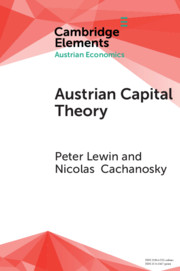
This book examines the case of nominal income targeting as a monetary policy rule. In recent years the most well-known nominal income targeting rule has been NGDP (level) Targeting, associated with a group of economists referred to as market monetarists (Scott Sumner, David Beckworth, and Lars Christensen among others).
Nominal income targeting, though not new in monetary theory, was relegated in economic theory following the Keynesian revolution, up until the financial crisis of 2008, when it began to receive renewed attention. This book fills a gap in the literature available to researchers, academics, and policy makers on the benefits of nominal income targeting against alternative monetary rules.
It starts with the theoretical foundations of monetary equilibrium. With this foundation laid, it then deals with nominal income targeting as a monetary policy rule. What are the differences between NGDP Targeting and Hayek’s rule? How do these rules stand up against other monetary rules like inflation targeting, the Taylor rule, or Friedman’s k-percent?
Nominal income targeting is a rule, which is better equipped to avoid monetary disequilibrium when there is no inflation. Therefore, a book that explores the theoretical foundation of nominal income targeting, comparing it with other monetary rules, using the 2008 crisis to assess it and laying out monetary policy reforms towards a nominal income targeting rule will be timely and of interest to both academics and policy makers.
TABLE OF CONTENTS
1. Introduction
2. Free Banking and Monetary Equilibrium
3. The Productivity Norm and Nominal Income Targeting
4. Nominal Income Targeting and Monetary Rules
5. Nominal Income Targeting with Monetary Disequlibrium
6. Nominal Income Targeting as Policy Outcome versus Market Outcome
7. NGDP Targeting and the 2008 crisis
8. Policy Reforms Towards Nominal Income Targeting as a Rule
ABOUT THE AUTHOR
Dr Nicolas Cachanosky is an Assistant Professor of Economics at Metropolitan State University of Denver, Department of Economics.
Available in Routledge and Amazon.




